San Antonio's River Walk, a catalyst for abundant commercial and tourism enterprise, is generally regarded by cities and urban planners throughout the world as a prototype for the development of urban riverfront sites. The River Walk's success, however, would not have been possible without a series of flood-control and architecture projects completed in the first half of the 20th century that relied heavily on civil-engineering expertise.
Dam
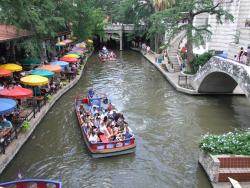
"Eads had to succeed in the face of conventional wisdom which doomed him to disaster. Entrenched authorities not only completely dismissed his theories, but pointed to the indifferent European experiences with what he proposed."
- ASCE Landmark Nomination Proposal, 1982
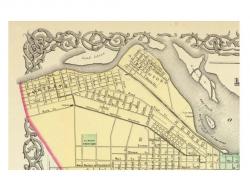
Chartered in 1825, the Louisville and Portland Canal Company was authorized to construct a canal around the rapids called the "Falls of the Ohio." Construction started on March 1, 1826. The canal and first generation of locks were completed in 1830. As originally constructed, the canal was 1.9 miles long, 64 feet wide, and terminated at its lower end with a three-flight lock system with a total lift of 26 feet. Each lock chamber was 198 feet long between miter posts, with available length for vessels of 183 feet, width of 52 feet, and a lift at low stages of 8.5 feet.

The first electric power generated by the Theodore Roosevelt Dam for commercial use was transmitted over a high-voltage line to Phoenix, where it was employed to operate the city's new streetcar system.
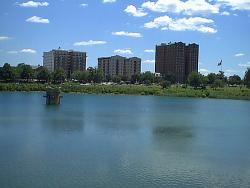
Like other American cities in the late 19th century, Baltimore had grown so quickly its supply system was unable to provide city residents with a dependable supply of water. Two reservoirs built outside the city helped increase capacity, but heavy rainfalls in the largely agricultural area tended to foul this additional water supply. City officials elected to construct a holding reservoir within the city - contained by an earthen dam - where silty water would be allowed to settle. No such project had ever been undertaken in the United States.
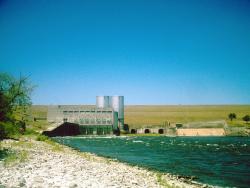
The largest rolled-earth fill dam in the world at the time of its completion, Denison Dam eventually served as a prototype for dam construction in future U.S. Army Corps of Engineers projects throughout the arid plains of the American Southwest. Procedures and equipment developed during its construction are now commonplace in the sampling and testing of soils.
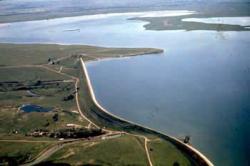
Belle Fourche, meaning "Beautiful Forks" in French, refers to the confluence of the Redwater and Belle Fourche Rivers. The gold rush to the Black Hills in 1876 brought many people to the area, but agriculture and livestock soon became the principal industries. Farmers and civic leaders recognized the need for a reliable source of irrigation water in this semi-arid region and petitioned the Federal government for funds to build an irrigation and flood control system.
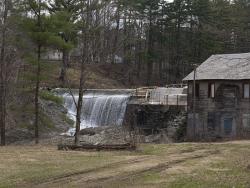
Ithamar A. Beard, an engineer of some prominence in New England, surveyed the mill brook and selected the best site for a storage dam. Contractor Simeon Cobb, knowledgeable of contemporary civil engineering practices, made major changes to the dam's original design, converting the linear dam into a gentle arch.
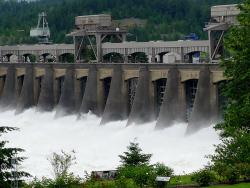
The Bonneville Dam, Columbia River Power and Navigation System consists of 55 major projects on Oregon's Columbia River and is said to be the largest hydroelectric system in the world.
The Columbia River forms part of the border between Washington and Oregon and flows inland through the only waterway that crosses the Cascade Mountains. To harness the energy of the ninth longest river in North America, engineers developed unique design and construction approaches to overcome problems caused by depth of water, current velocity, and an irregularly-shaped river bottom.
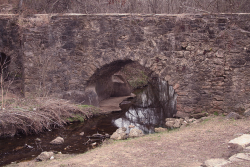
This is one of the earliest uses of engineered water supply and irrigation systems in the United States. The first of eight original acequias was under construction in 1718 and two are still in operation. The remains of one are visible on the grounds of the Alamo. The Acequias of San Antonio are among the earliest engineered water supply and irrigation systems recorded in the United States. The Acequias served an integral role in the growth and stability of the San Antonio community for nearly 200 years.
Innovations
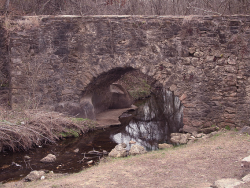
This is one of the earliest uses of engineered water supply and irrigation systems in the United States. The first of eight original acequias was under construction in 1718 and two are still in operation. The remains of one are visible on the grounds of the Alamo. The Acequias of San Antonio are…
Read More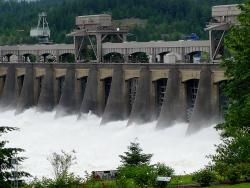
The Bonneville Dam, Columbia River Power and Navigation System consists of 55 major projects on Oregon's Columbia River and is said to be the largest hydroelectric system in the world.
The Columbia River forms part of the border between Washington and Oregon and flows inland through the…
Read More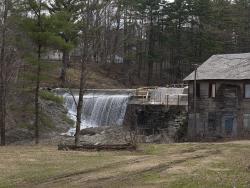
Ithamar A. Beard, an engineer of some prominence in New England, surveyed the mill brook and selected the best site for a storage dam. Contractor Simeon Cobb, knowledgeable of contemporary civil engineering practices, made major changes to the dam's original design, converting the linear dam…
Read More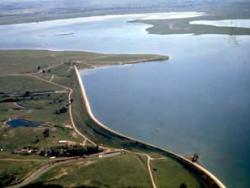
Belle Fourche, meaning "Beautiful Forks" in French, refers to the confluence of the Redwater and Belle Fourche Rivers. The gold rush to the Black Hills in 1876 brought many people to the area, but agriculture and livestock soon became the principal industries. Farmers and civic leaders…
Read More
The largest rolled-earth fill dam in the world at the time of its completion, Denison Dam eventually served as a prototype for dam construction in future U.S. Army Corps of Engineers projects throughout the arid plains of the American Southwest. Procedures and equipment developed during…
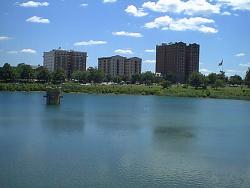
Like other American cities in the late 19th century, Baltimore had grown so quickly its supply system was unable to provide city residents with a dependable supply of water. Two reservoirs built outside the city helped increase capacity, but heavy rainfalls in the largely agricultural area…
Read More
The first electric power generated by the Theodore Roosevelt Dam for commercial use was transmitted over a high-voltage line to Phoenix, where it was employed to operate the city's new streetcar system.
The Salt River Project, including the Theodore Roosevelt Dam, was the first major…
Read More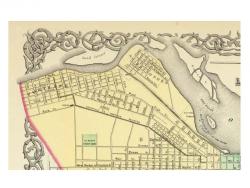
Chartered in 1825, the Louisville and Portland Canal Company was authorized to construct a canal around the rapids called the "Falls of the Ohio." Construction started on March 1, 1826. The canal and first generation of locks were completed in 1830. As originally constructed, the canal was 1.9…
Read More"Eads had to succeed in the face of conventional wisdom which doomed him to disaster. Entrenched authorities not only completely dismissed his theories, but pointed to the indifferent European experiences with what he proposed."
- ASCE Landmark Nomination Proposal, 1982

San Antonio's River Walk, a catalyst for abundant commercial and tourism enterprise, is generally regarded by cities and urban planners throughout the world as a prototype for the development of urban riverfront sites. The River Walk's success, however, would not have been possible without a…
Read More

